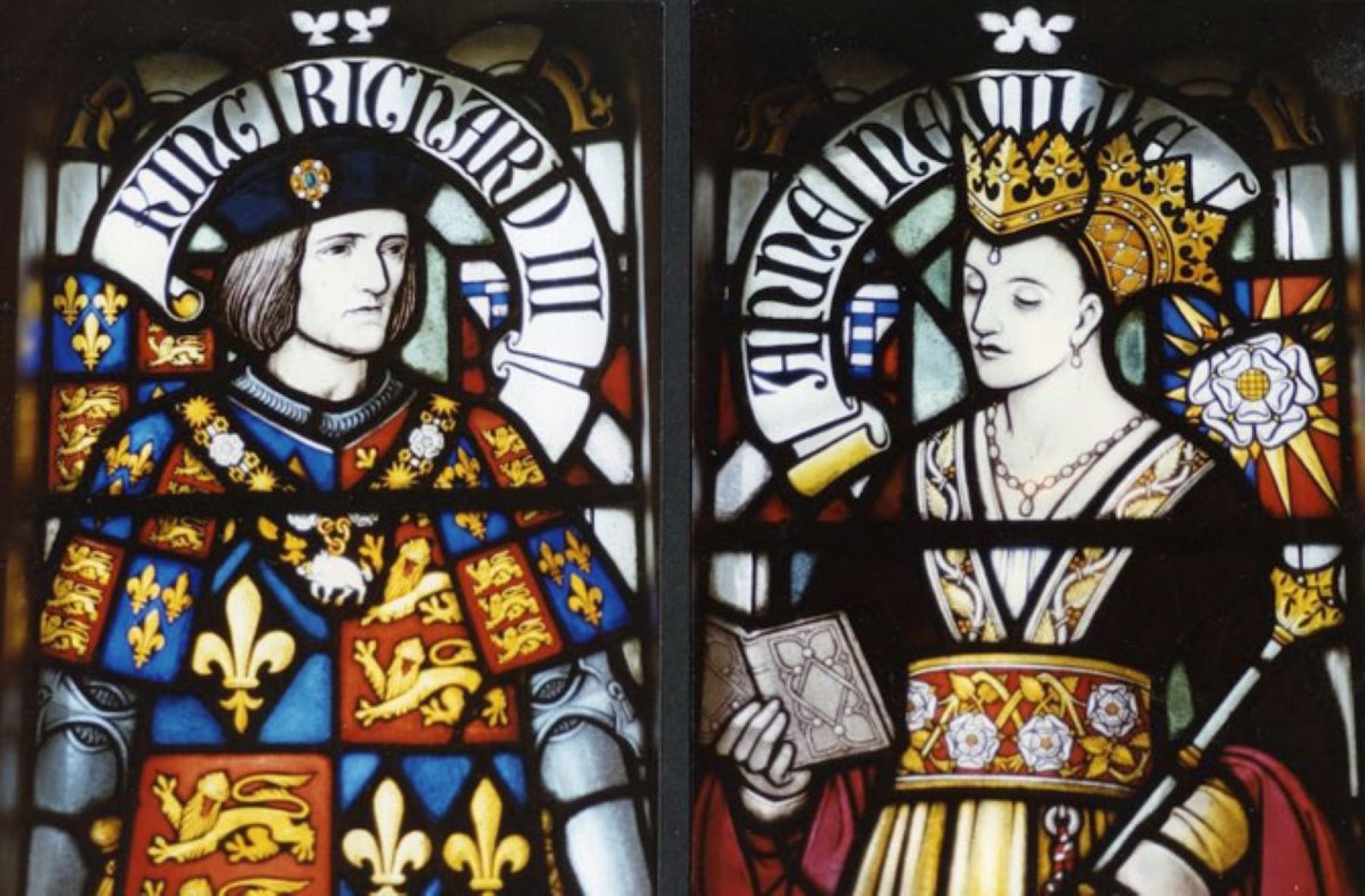
Has 'fake news' always existed? Dr Gordon McKelvie explores misinformation in the Middle Ages and the role of conspiracy theories across history.
Across the world, democracies are becoming increasingly concerned about the spread of misinformation, and deliberate falsehoods, as a means of undermining the existing political order. Social media – a largely deregulated virtual space in which fake, or ‘bot’, accounts can allow individuals, or enemy states, to spread such misinformation – is often seen as the vehicle for undermining confidence in established orders and even electoral interference.
While a focus on the immediate problems confronting democratic states dealing with the spread of conspiracy theories is essential, we should not lose sight of the fact that misinformation was around long before the internet. If we look back into the distant past, we see the spread of conspiracy theories have been a common feature throughout human history. Technology is a means of spreading misinformation, not the cause of misinformation.
My recent British Academy project examined fake news in England during the fifteenth and early sixteenth centuries. This was a period of frequent, though it is important to stress not continual, political crises. The project focused on queens, as a first step towards better understanding fake news in a medieval context. Queens were an ideal case study because they were prominent enough figures to be spoken about and blamed for the country’s ills. By focusing on them we could consider issues such as the perception of foreigners, since most queens were foreign, and attitudes to women in positions of power. These attitudes influenced many political rumours.
A key finding has been that fake news often becomes accepted historical fact. An example that illustrates this is the death of Anne Neville, wife of the infamous Richard III. We do not know the exact cause of her death, but it was probably natural causes. One contemporary source, however, claimed that the king needed to deny poisoning her in order to marry his niece. This is the only near-contemporary reference to such an event, written by the hostile Crowland chronicler . By the time Shakespeare was writing his ‘The Tragedy of Richard III’ a century later, this had become an accepted historical fact. Here, we see something that began as a piece of misinformation in the fifteenth century transformed into an accepted historical fact in the sixteenth century.
Other conspiracy theories had more immediate effect on the political landscape. Perhaps the most destabilising conspiracy theory that spread in medieval England concerned Richard II who, in 1399, was deposed by his cousin – who then became king, Henry IV. A few months later, Richard was killed in secret on the new king’s orders. The story did not end there. A rumour emerged across England claiming that Richard was still alive and was readying himself to return to reclaim his throne. It is uncertain if those individuals who spread the rumour actually believed Richard was still alive; in a sense, it was a more a convenient stick with which to beat Henry IV, than a yearning for Richard II’s return. Despite Henry knowing his cousin was dead, he threw the full weight of the English judicial system behind prosecuting those who spread such tales. There was a realisation that the conspiracy theory was more powerful than the truth.
This rumour was too good for foreign powers to ignore – particularly Scotland, who produced an imposter, Thomas Ward, whom they claimed was really Richard II. The Scottish crown paid for this charade because a destabilised England meant it was less likely to invade, a common experience for a century by that point. Here we see the deliberate spread of misinformation by one state intent on weakening a rival.
When we look elsewhere in medieval Europe, we see other examples of misinformation premised on existing prejudices. During the First Crusade, mistrust between the Catholic crusaders and the Greek Orthodox Byzantine Empire led to conspiracy theories that the Byzantines were colluding with Muslims against their fellow Christians. When the first wave of the Black Death hit Europe in 1348, Jews were thought to have spread the disease by poisoning wells, simply to kill Christians. In both examples, pre-existing beliefs and fears meant that misinformation and conspiracy theories flourished quickly.
Misinformation was a key feature of medieval politics and society. Examining the spread of fake news, or conspiracy theories, in the centuries before even the printing press, never mind the internet, helps us understand how they flourish and their appeal.
The humanities and social sciences are crucial for understanding the role of misinformation, whether we call it fake news or a conspiracy theory. Misinformation is one of the biggest challenges we currently face, and understanding it involves academics working across disciplinary boundaries. Historians have an important part to play in fleshing out our understanding of misinformation. We are indeed living in an age of mistrust, but certainly not the first, and almost definitely not the last.
Pictured top: Stained glass image of fake news victims King Richard III and Queen Anne in Cardiff Castle
Back to media centre